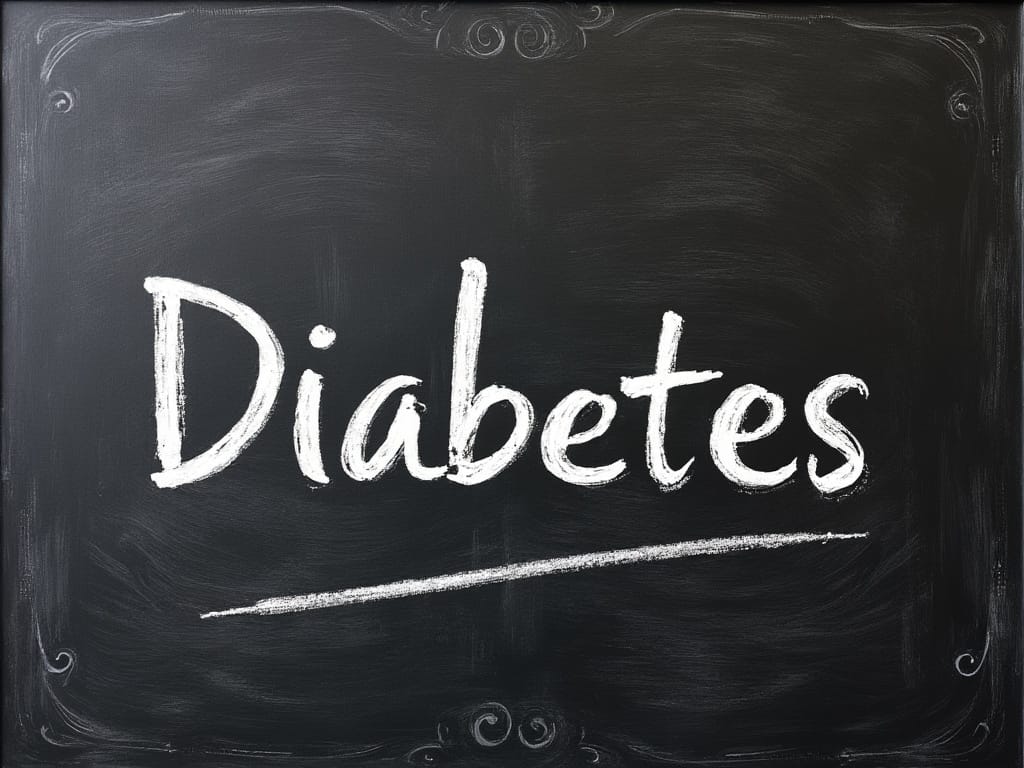Type 1 diabetes is an autoimmune condition where the pancreas produces little to no insulin, a hormone essential for regulating blood sugar levels. For newly diagnosed type 1 diabetics, understanding the dynamics of blood glucose (BG) levels is crucial. This article will explore how both high and low blood sugar levels affect those with type 1 diabetes, using mmol/L as the measure for consistency with international standards. High Blood Sugar (Hyperglycaemia)
Definition and Causes: Hyperglycaemia occurs when your blood sugar levels are too high. For type 1 diabetics, this is common due to insufficient insulin. Normal fasting BG levels should be between 3.9 to 5.6 mmol/L, but for those with diabetes, levels can often exceed 11.1 mmol/L after meals (postprandial).
Effects on the Body:
- Short-Term Effects:
Increased Thirst and Urination: High BG levels lead to osmotic diuresis, where excess glucose draws water into the urine, leading to dehydration and frequent urination.
Fatigue: Without insulin, cells can't use glucose for energy, leading to tiredness.
Blurred Vision: High glucose levels can cause the lens of your eye to swell, affecting your vision temporarily. - Long-Term Consequences:
Cardiovascular Disease: Persistent hyperglycaemia contributes to the stiffening of blood vessels, increasing the risk of heart disease.
Nephropathy: High blood sugar can damage the kidneys, leading to diabetic kidney disease.
Retinopathy: Over time, high BG can damage the small blood vessels in the retina, potentially leading to vision impairment or blindness.
Neuropathy: Nerve damage due to poor blood sugar control can result in numbness, tingling, or pain in the extremities.
Example: If a newly diagnosed diabetic has a BG reading of 15 mmol/L after not adjusting insulin for a high-carb meal, they might feel lethargic, drink more water than usual, and urinate frequently.
Low Blood Sugar (Hypoglycaemia)
Definition and Causes: Hypoglycaemia is defined as a BG level below 3.9 mmol/L. For type 1 diabetics, this can occur due to:
- Taking too much insulin
- Not eating enough food
- Unplanned physical activity
- Delays in meal times after insulin administration
Effects on the Body:
- Immediate Symptoms:
Shakiness, Sweating, Hunger: The body's response to low glucose levels includes adrenaline release, leading to these symptoms.
Confusion, Dizziness: Brain function is compromised as it lacks its primary fuel, glucose.
Mood Changes or Irritability: The brain’s response to insufficient glucose can manifest as mood swings. - Severe Hypoglycaemia:
If BG drops significantly, say below 2.8 mmol/L, symptoms can escalate to:
- Loss of consciousness
- Seizures
- Coma, which can be life-threatening
Example: Imagine a teenager with type 1 diabetes played football unexpectedly after their usual insulin dose. Their blood sugar might drop to 3.0 mmol/L, causing them to feel dizzy, confused, and possibly irritable. If not corrected with fast-acting carbohydrates like juice or glucose tablets, they could pass out.
Managing Blood Sugar Levels
For Hyperglycaemia:
- Insulin Adjustment: Learning to adjust insulin doses based on food intake and activity level is critical.
- Regular Monitoring: Frequent checks of BG can help in early intervention.
- Dietary Management: Understanding carb counting can prevent post-meal spikes.
For Hypoglycaemia:
- The Rule of 15: If BG is low, consume 15 grams of fast-acting carbs (e.g., half a cup of juice), wait 15 minutes, then retest. Repeat if needed.
- Preventive Measures: Always carry snacks, wear a medical alert bracelet, and inform friends or family about signs of low BG.
Conclusion
For individuals newly diagnosed with type 1 diabetes, mastering blood sugar management is akin to learning a new language. Hyperglycaemia requires careful insulin management and lifestyle adjustments to prevent long-term complications, while hypoglycaemia demands immediate action to restore BG levels to a safe range. Education, regular monitoring, and proactive management are key to living a healthy life with type 1 diabetes. Understanding these dynamics not only helps in managing daily life but also in preventing the severe health issues that can arise from improper blood sugar control.

Member discussion: